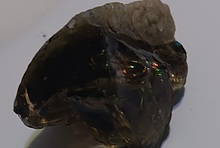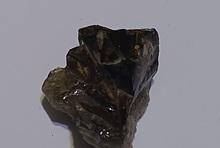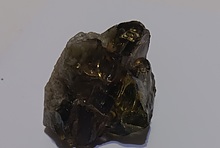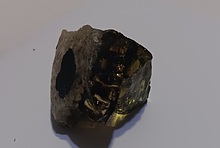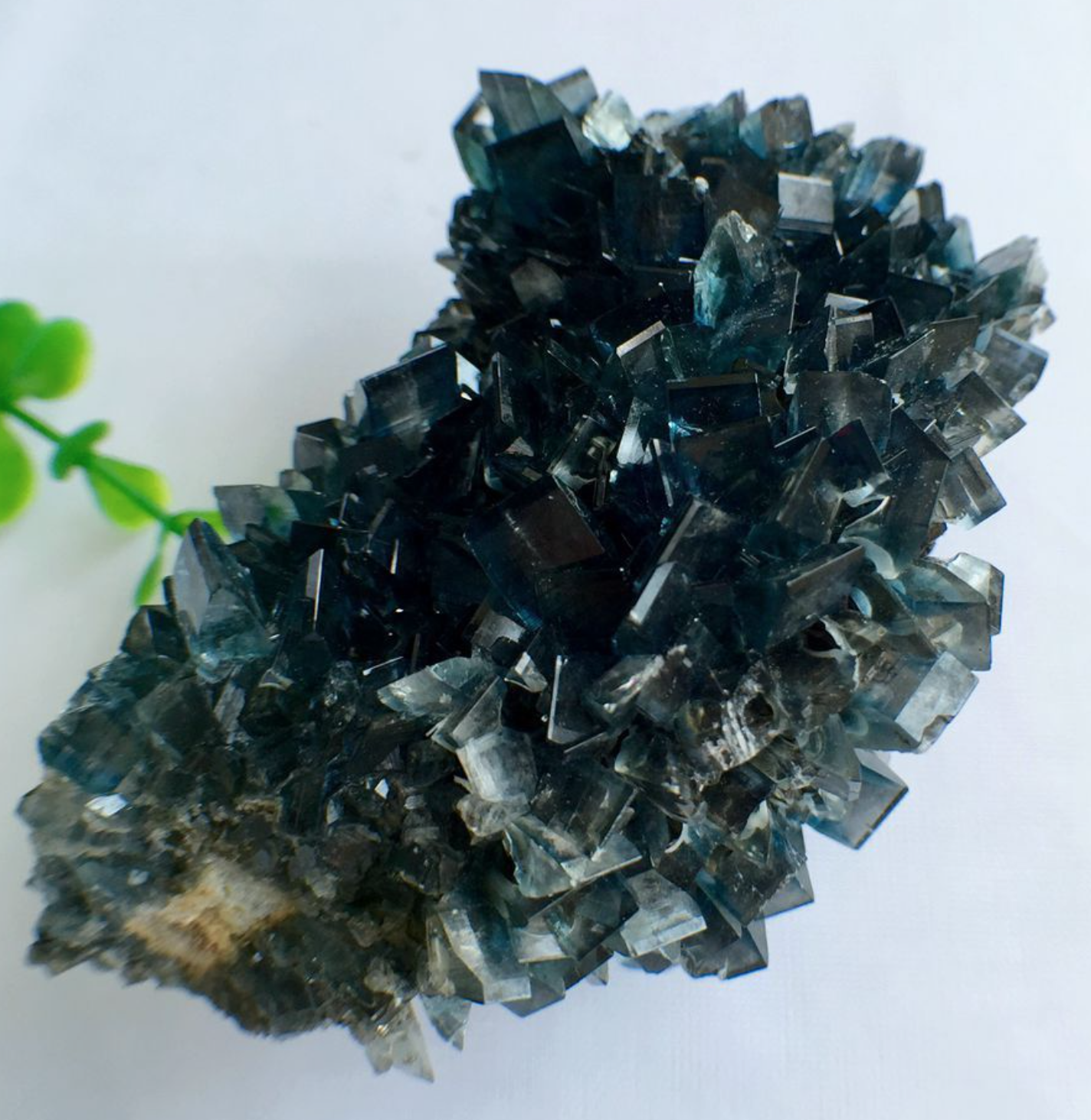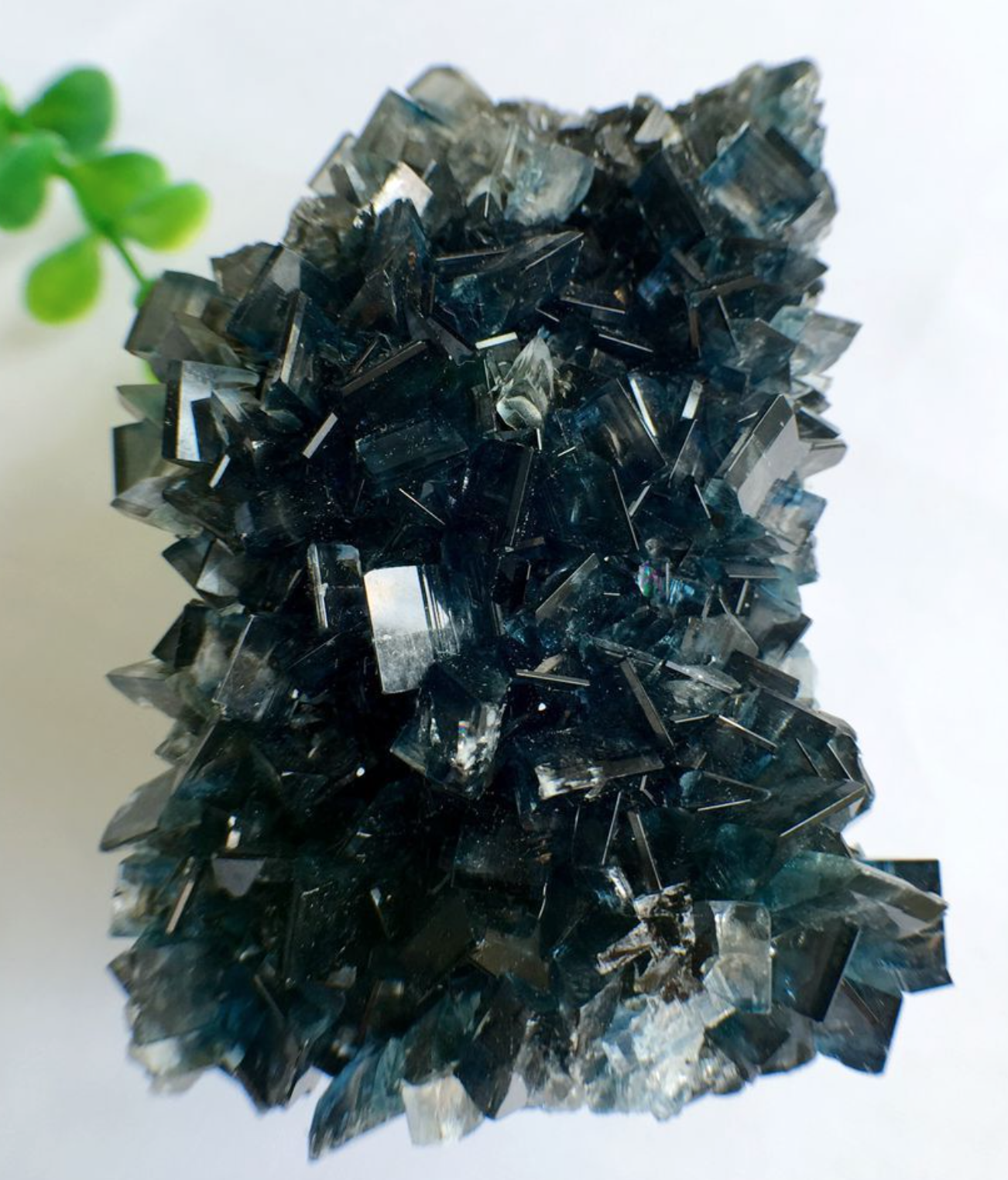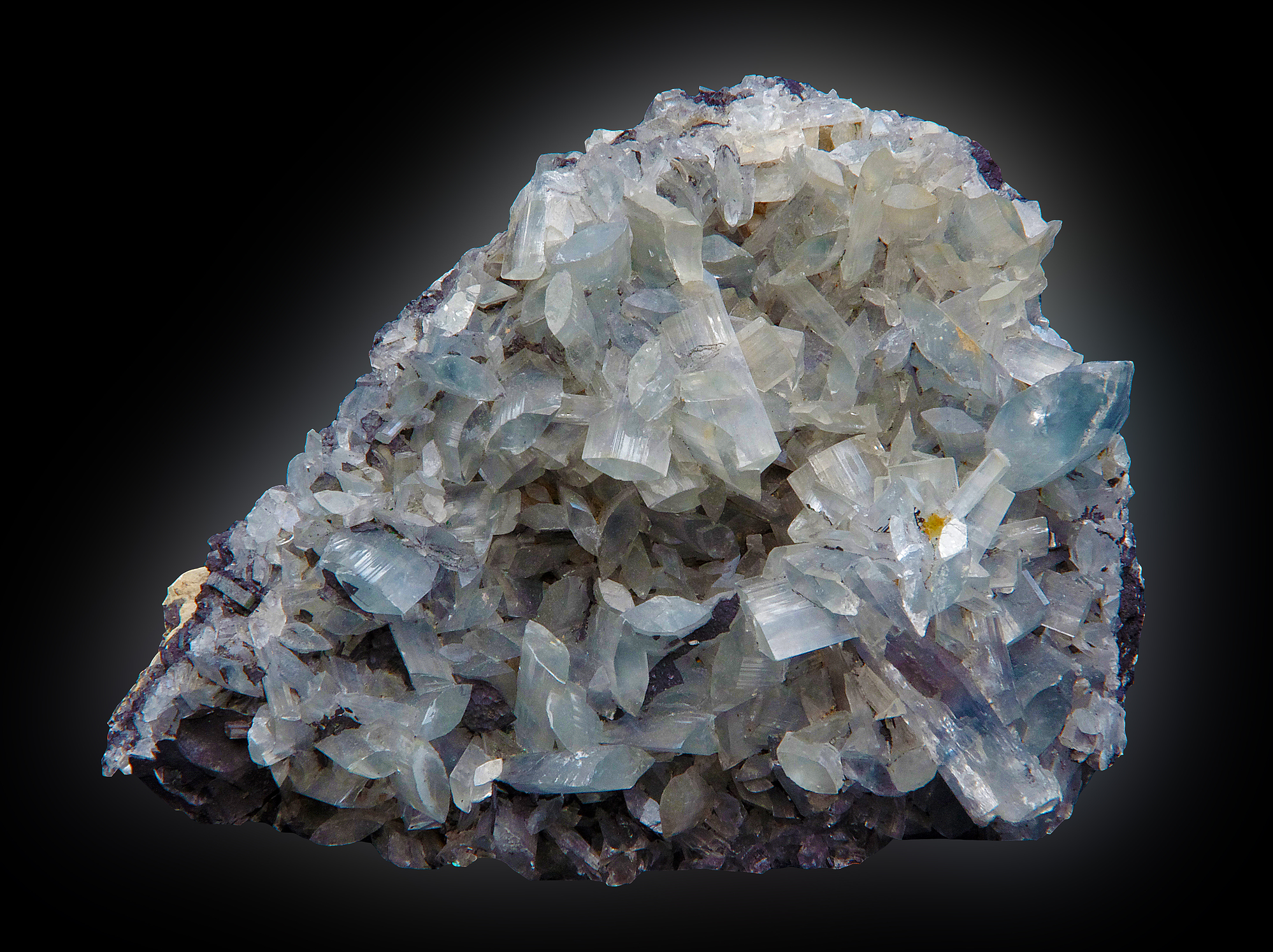Home PageAbout MindatThe Mindat ManualHistory of MindatCopyright StatusWho We AreContact UsAdvertise on Mindat
Donate to MindatCorporate SponsorshipSponsor a PageSponsored PagesMindat AdvertisersAdvertise on Mindat
Learning CenterWhat is a mineral?The most common minerals on earthInformation for EducatorsMindat ArticlesThe ElementsThe Rock H. Currier Digital LibraryGeologic Time
Minerals by PropertiesMinerals by ChemistryAdvanced Locality SearchRandom MineralRandom LocalitySearch by minIDLocalities Near MeSearch ArticlesSearch GlossaryMore Search Options
The Mindat ManualAdd a New PhotoRate PhotosLocality Edit ReportCoordinate Completion ReportAdd Glossary Item
Mining CompaniesStatisticsUsersMineral MuseumsClubs & OrganizationsMineral Shows & EventsThe Mindat DirectoryDevice SettingsThe Mineral Quiz
Photo SearchPhoto GalleriesSearch by ColorNew Photos TodayNew Photos YesterdayMembers' Photo GalleriesPast Photo of the Day GalleryPhotography
╳Discussions
💬 Home🔎 Search📅 LatestGroups
EducationOpen discussion area.Fakes & FraudsOpen discussion area.Field CollectingOpen discussion area.FossilsOpen discussion area.Gems and GemologyOpen discussion area.GeneralOpen discussion area.How to ContributeOpen discussion area.Identity HelpOpen discussion area.Improving Mindat.orgOpen discussion area.LocalitiesOpen discussion area.Lost and Stolen SpecimensOpen discussion area.MarketplaceOpen discussion area.MeteoritesOpen discussion area.Mindat ProductsOpen discussion area.Mineral ExchangesOpen discussion area.Mineral PhotographyOpen discussion area.Mineral ShowsOpen discussion area.Mineralogical ClassificationOpen discussion area.Mineralogy CourseOpen discussion area.MineralsOpen discussion area.Minerals and MuseumsOpen discussion area.PhotosOpen discussion area.Techniques for CollectorsOpen discussion area.The Rock H. Currier Digital LibraryOpen discussion area.UV MineralsOpen discussion area.Recent Images in Discussions
Mineralogical ClassificationI was told this is blue barite from Morocco but I'm skeptical...

17th Oct 2016 02:27 UTCDL
Can anyone suggest what this is? I was told by the dealer that it was blue barite from Morocco but he didn't seem to have high confidence in the locality.
Thank you!

17th Oct 2016 03:29 UTCBob Harman

17th Oct 2016 05:08 UTCAlfredo Petrov Manager
17th Oct 2016 09:30 UTCTomasz Praszkier Manager
17th Oct 2016 09:44 UTCPaul De Bondt Manager
Probably a specimen from the late 80's. I have one like that.
The form of the old Shangulowé specimens is very different from the recent specimens. Probably from another vein or location in the mine.
Don't know what element makes them blue. Makes me curious.

17th Oct 2016 19:16 UTCDL
- The specimen does not appear to be man made to me. The matrix is quite sculptural (three-dimensional) and is full of tiny dark nodules and the base of the crystals have grown highly intertwined with the matrix, with layers of intermediate matter integrated throughout. If it's man-made my guess is that it would take much more time and effort to create than what I paid for the specimen (around $100).
- The blue color is quite distinctive, reminding me of lazulite (only much less saturated), or scorodite.
- The blue color is also distinctively zoned in each "guitar pick prism" crystal, with more blue towards the flat faces of the crystal, though this trend is not universal across all crystals.
Can any of you share photos of irradiated baryte or Shangulowé barite for comparison?
Many thanks!

17th Oct 2016 19:23 UTCDL
17th Oct 2016 19:41 UTCReiner Mielke Expert
17th Oct 2016 20:26 UTCPeter Slootweg 🌟

3rd Jul 2020 06:36 UTCBill Shen
I recently discussed these Chinese blue barite with some of my friends because I also bought one of them. A friend of mine mineral trader told me that this variety was purchased by him in Sanming, Fujian, and has now been discontinued. To protect his business from the influence of others, he created some wrong places to divert the attention of other mineral merchants. Another interesting point is that when he bought these barites, they were all colorless. He believed that other mineral traders used radiation to turn these barite blue.
17th Oct 2016 21:43 UTCPaul De Bondt Manager
DL, you describe the matrix as with black globules.
This is a typical matrix for these. It's most of the time heterogenite.
Your specimen is more saturated than mine.
Note that the Chinese irradiated baryte have allmost no matrix and when it occur, is never black.
I hope this helps.
Paul.

17th Oct 2016 22:35 UTCDL
My take:
- It's definitely blue baryte
- From what I can see, the Shangulowé matrix is very similar to the matrix in my specimen, and is full of small black globules.
- The seller said it was from Africa (likely true), and when I asked for more locality information he said probably Morocco (likely not true), but more detailed records were lost
Collectively, these interpretations point to a Shangulowe specimen based on Paul's photo and information.
Thank you!

3rd Feb 2023 03:55 UTCRandy Vance Gage
Nandan County, Hechi, Guangxi, China
I have not seen any confirmation that these are irradiated. Can anyone confirm it without speculating. For example: a sample that is NOT irradiated?
3rd Feb 2023 04:03 UTCKevin Conroy Manager




Mindat.org is an outreach project of the Hudson Institute of Mineralogy, a 501(c)(3) not-for-profit organization.
Copyright © mindat.org and the Hudson Institute of Mineralogy 1993-2024, except where stated. Most political location boundaries are © OpenStreetMap contributors. Mindat.org relies on the contributions of thousands of members and supporters. Founded in 2000 by Jolyon Ralph.
Privacy Policy - Terms & Conditions - Contact Us / DMCA issues - Report a bug/vulnerability Current server date and time: April 19, 2024 05:23:11
Copyright © mindat.org and the Hudson Institute of Mineralogy 1993-2024, except where stated. Most political location boundaries are © OpenStreetMap contributors. Mindat.org relies on the contributions of thousands of members and supporters. Founded in 2000 by Jolyon Ralph.
Privacy Policy - Terms & Conditions - Contact Us / DMCA issues - Report a bug/vulnerability Current server date and time: April 19, 2024 05:23:11
